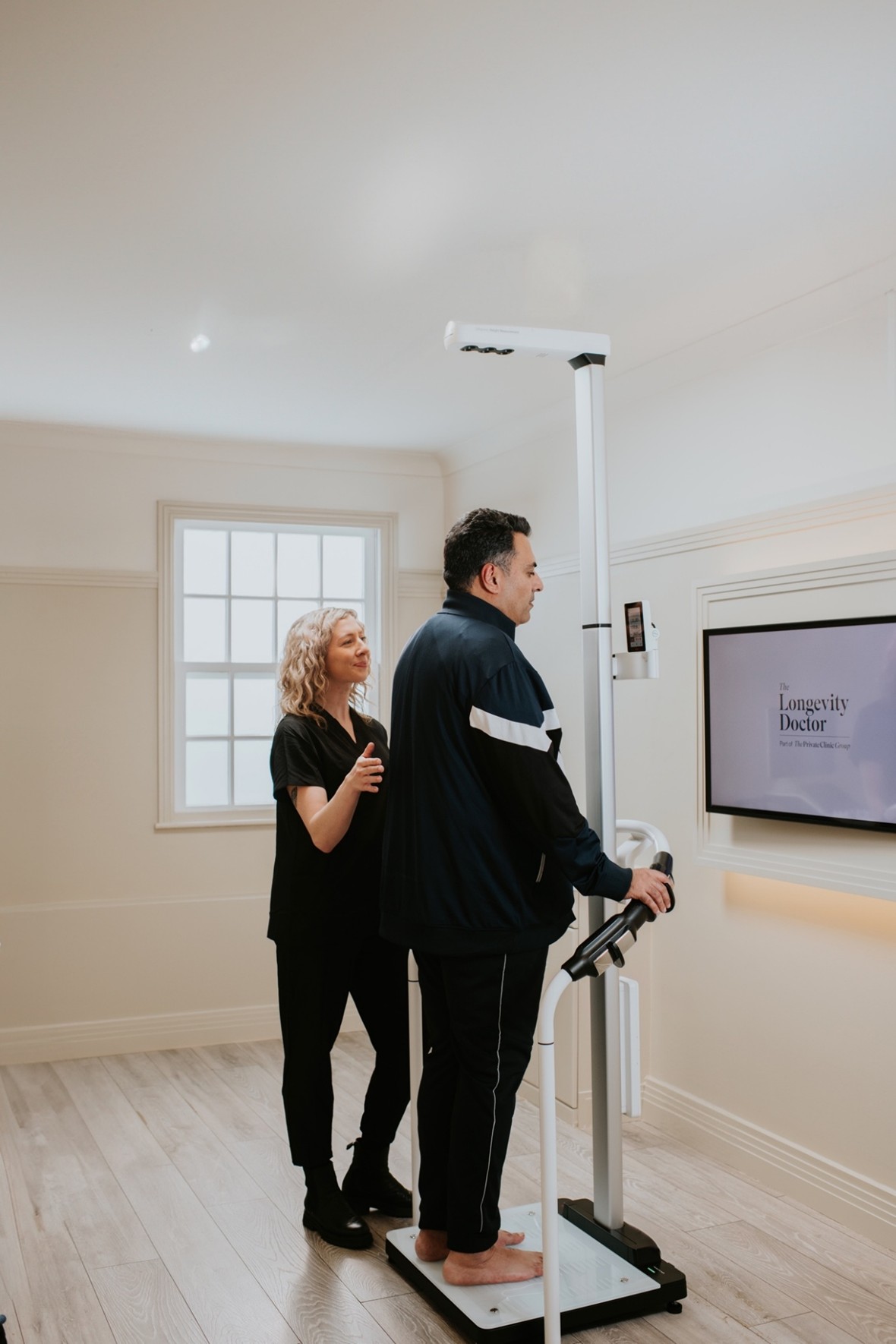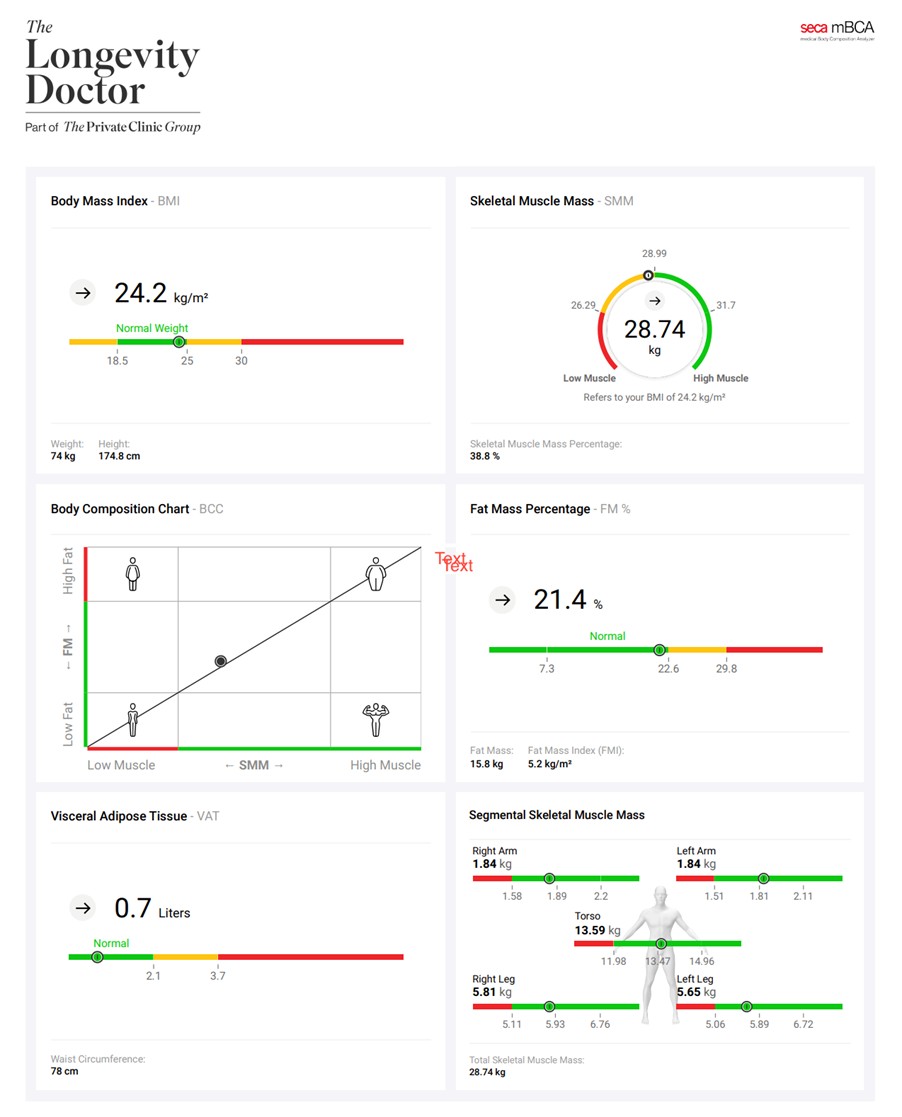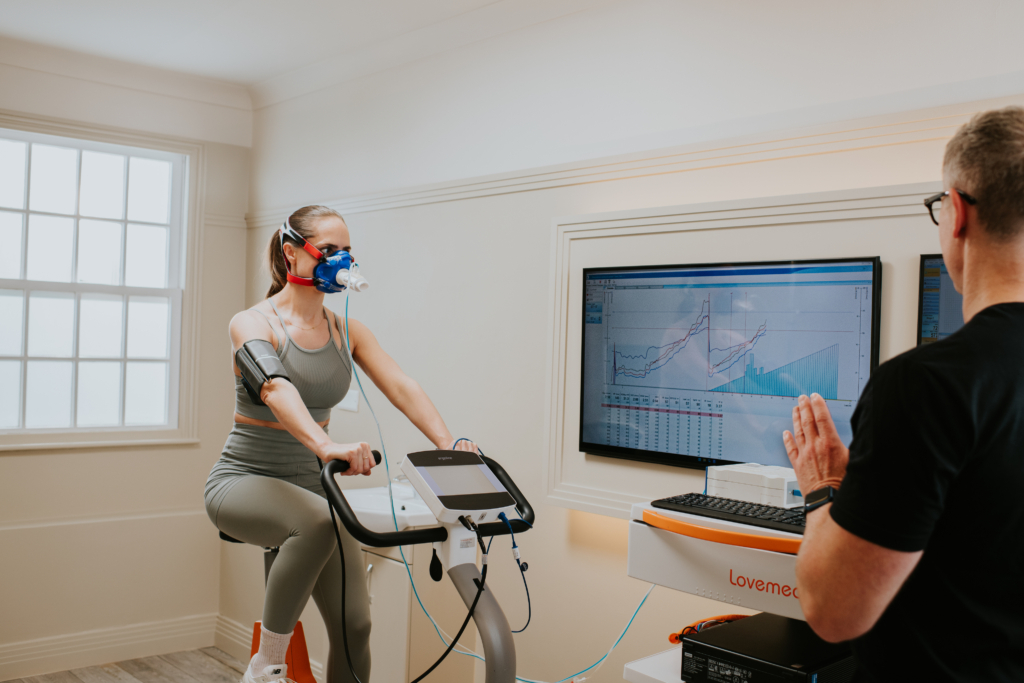The number of overweight and obese people has reached record highs, driven by ultra-processed diets, sedentary lifestyles, chronic stress, and poor sleep. This shift in body composition is more than cosmetic — it’s a public health crisis. Poor metabolic health marked by measurable biomarkers such as insulin resistance, chronic inflammation, and unhealthy body composition is a major driver of the chronic diseases associated with ageing, including Type 2 diabetes, Cardiovascular disease, Dementia and Alzheimer’s, Non-alcoholic fatty liver disease (NAFLD) and Certain cancers. Excess visceral fat (around organs) and low lean muscle mass are hallmarks of poor metabolic health. Even individuals with a “normal” BMI can carry hidden metabolic risks if body composition is unbalanced — a condition often referred to as TOFI (Thin Outside, Fat Inside). Improving metabolic health through nutrition, aerobic exercise and resistance training, improving sleep, and targeted interventions such as weight loss drugs when appropriate, can slow biological ageing, reduce disease risk, and improve quality of life as we age. Find out if you’re at risk! Book a body composition analysis (FFMI) to get a clear picture of your internal health.
What is body composition and why it is important
Body composition refers to the proportion of the body’s main components including muscle mass, bone mass, fat mass. These metrics are intrinsically tied to health status and have a significant impact on an individual’s longevity. Metrics such as body weight and body mass index (BMI) offer very limited insight into someone’s health status – individuals may have identical body weight or BMIs but differ vastly from a health perspective due to differing proportions of fat mass and lean mass. Fat mass simply refers to all fat distributed throughout the body and includes both fat beneath the skin (also known as subcutaneous fat) as well as visceral fat (or non-subcutaneous fat). Lean mass is mainly composed of skeletal muscle mass but also includes bones, skin, organs and water.
Fat mass vs. muscle mass: the health impacts
Fat mass, also known as adipose tissue, serves many important functions including energy storage and release, insulation, protecting internal organs and is also an active organ in our hormonal system. Therefore, a certain proportion of fat is essential to life and is termed ‘essential fat’. However, in excessive amounts fat mass is associated with an increased risk of poor health outcomes. This is especially true of visceral fat which is fat found around our internal organs as it is the type of fat which causes systemic inflammation. This type of low-grade chronic inflammation drives the development of metabolic disease which in turn contributes to the major chronic diseases of ageing including cardiovascular disease, cancer and neurodegenerative conditions such as Alzheimer’s disease.
In contrast, having a high level of muscle mass is strongly associated with good health outcomes. Apart from the more obvious benefit of increased strength, functionality and decreased state of frailty, having a higher proportion of muscle mass improves metabolic health due to its critical role in glucose uptake from the bloodstream.
Age-related changes in body composition
As a general rule we want to maintain relatively low fat mass and high levels of muscle mass. Optimal fat mass ranges differ between sex, race and age – women require slightly higher percentages of fat mass. Age also has a profound effect on body composition with fat mass tending to increase and muscle mass decreasing as we age. After the age of about 30 there is an involuntary decrease in muscle mass of between 3 – 8% per decade; accelerating further as one gets older. This decrease in muscle mass is accompanied with increasing loss of strength and function of the muscle – sarcopenia – to the point that it becomes a fundamental cause and contributor to disability in older individuals and directly impacts quality of life and increased risk of falling. Therefore, with age we typically see changes in body composition which include a decrease in muscle mass, an increase in body fat, as well as a decrease in bone density. All these changes having implications for many chronic diseases of ageing including type 2 diabetes, cardiovascular disease and osteoporosis.
The good news, however, is that we have powerful tools at our disposal to significantly slow down these body composition changes and associated conditions. Lifestyle changes – in particular with respect to nutrition and exercise- are key to maintaining a healthy body composition throughout life. Avoiding being in an overall calorie surplus is central to maintaining healthy levels of fat mass – the means by which this is achieved will be individual depending mainly on the most sustainable dietary pattern. As for muscle mass, resistance (or strength) training and sufficient, quality protein intake is key.
As with all important health metrics, assessing and monitoring body composition in a timely fashion is crucial to enabling targeted interventions for disease prevention and improved health outcomes. There are various ways in which body composition may be assessed including bioelectrical impedance analysis (BIA), DEXA, MRI and CT scans. At The Longevity Doctor we make use of a medical body composition analyser in order to determine important metrics including fat mass, fat free mass index as well as differentiated measurements of visceral fat and subcutaneous fat. This technique is extremely time-efficient and completely radiation-free.
Don’t wait until symptoms appear, early intervention can make all the difference! Schedule a consultation and take control of how you age!

Assessing and managing body composition for long-term health
Body composition assessment and monitoring allows for more individualised lifestyle changes required to reduce and/or prevent fat mass increase and muscle loss, therefore giving you a better chance of a good quality of life into old age. This is also true for individuals on GLP-1 agonists such as Ozempic and Mounjaro – these drugs cause weight loss which includes both fat and lean mass. These patients are closely monitored to ensure they maintain good body composition in order to avoid all the complications associated with muscle loss.

Understanding and optimising your body composition is one of the most powerful ways to improve your health, prevent disease, and enhance your quality of life as you age. At The Longevity Doctor, we offer advanced body composition assessments and personalised interventions to help you achieve your health goals. Whether you’re managing weight, addressing chronic conditions, or looking to improve your metabolic health, our team is here to guide you. Book a consultation today and start your journey to a longer, stronger, and healthier life.





